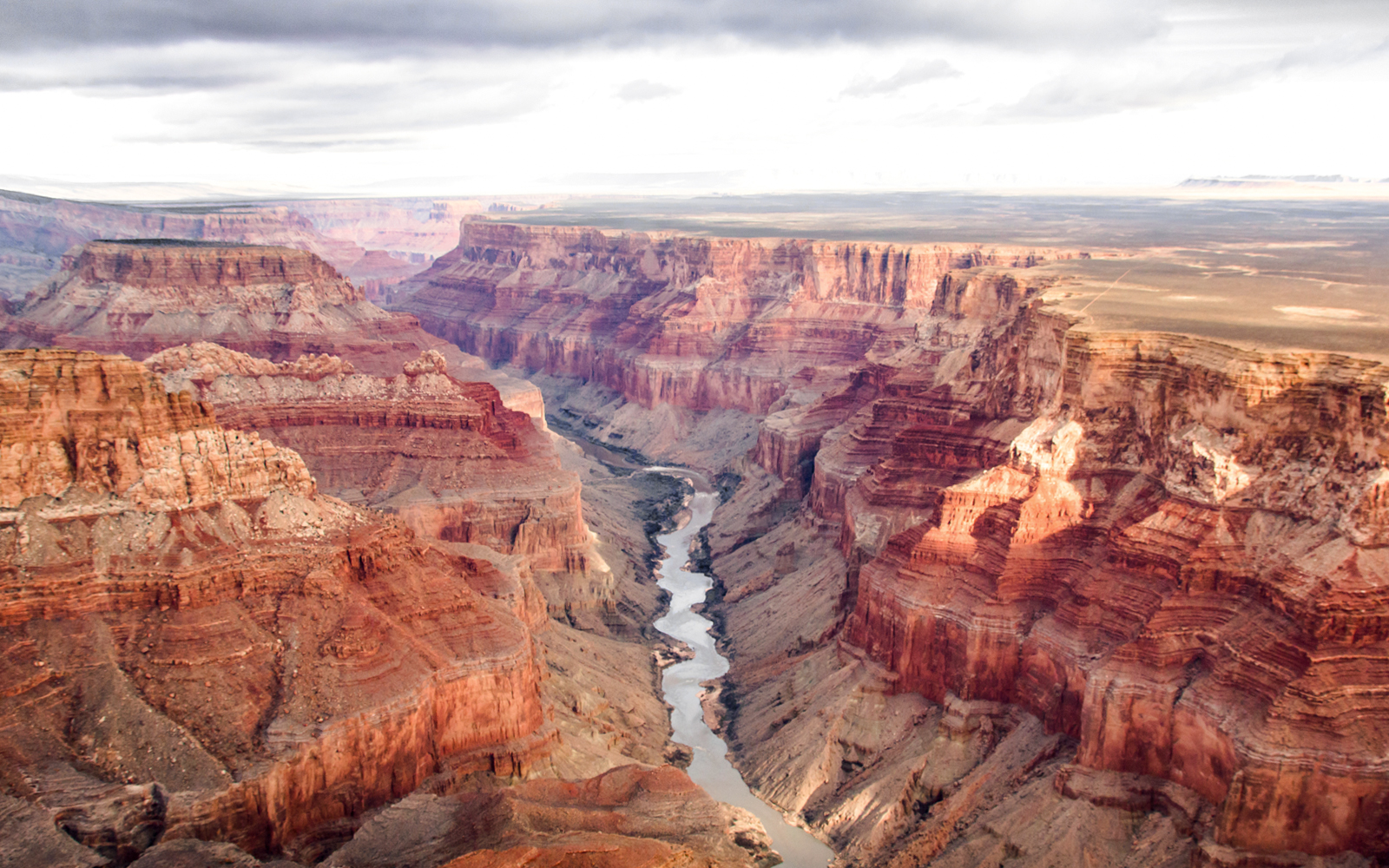
Tickets
Language
Currency
- North Rim
- History
- South Rim
- Facts
- West Rim
- Grand Canyon Railway
- Hualapai Tribe
- Grand Canyon National Park
- Wildlife
- Shoshone Point
- Yavapai Geology Museum
- Hermit's Rest
- Hopi House
- Plan Your Visit
- Timings
- Directions
- Entrances
- Restaurants
- Map
- Camping
- Grand Canyon Village
- Weather
- Photos
- Hiking
- Things to Do
- Viewpoints
- Shopping
- Itinerary
- Hotels
- Rim to Rim
- Grand Canyon South Rim Tours
- Grand Canyon Boat Tours
- Grand Canyon National Park Tours
- Grand Canyon North Rim Tours
- Grand Canyon Floor Landing Tours
- Grand Canyon Lake Mead Tours
- Las Vegas to Grand Canyon Helicopter Tours
- Grand Canyon Tours from Las Vegas
- Grand Canyon Airplane Tours
- Grand Canyon Helicopter Tours
- West Rim Skywalk
- Grand Canyon National Park Helicopter Tours
- Grand Canyon Hummer Tours
- Grand Canyon West Rim Helicopter Tours
- Grand Canyon Tours
- Grand Canyon West Rim Tours
- Helicopter Tour Operators
Contents
Picture-perfect Grand Canyon: Best views & photo spots
Grand Canyon ToursPhotos
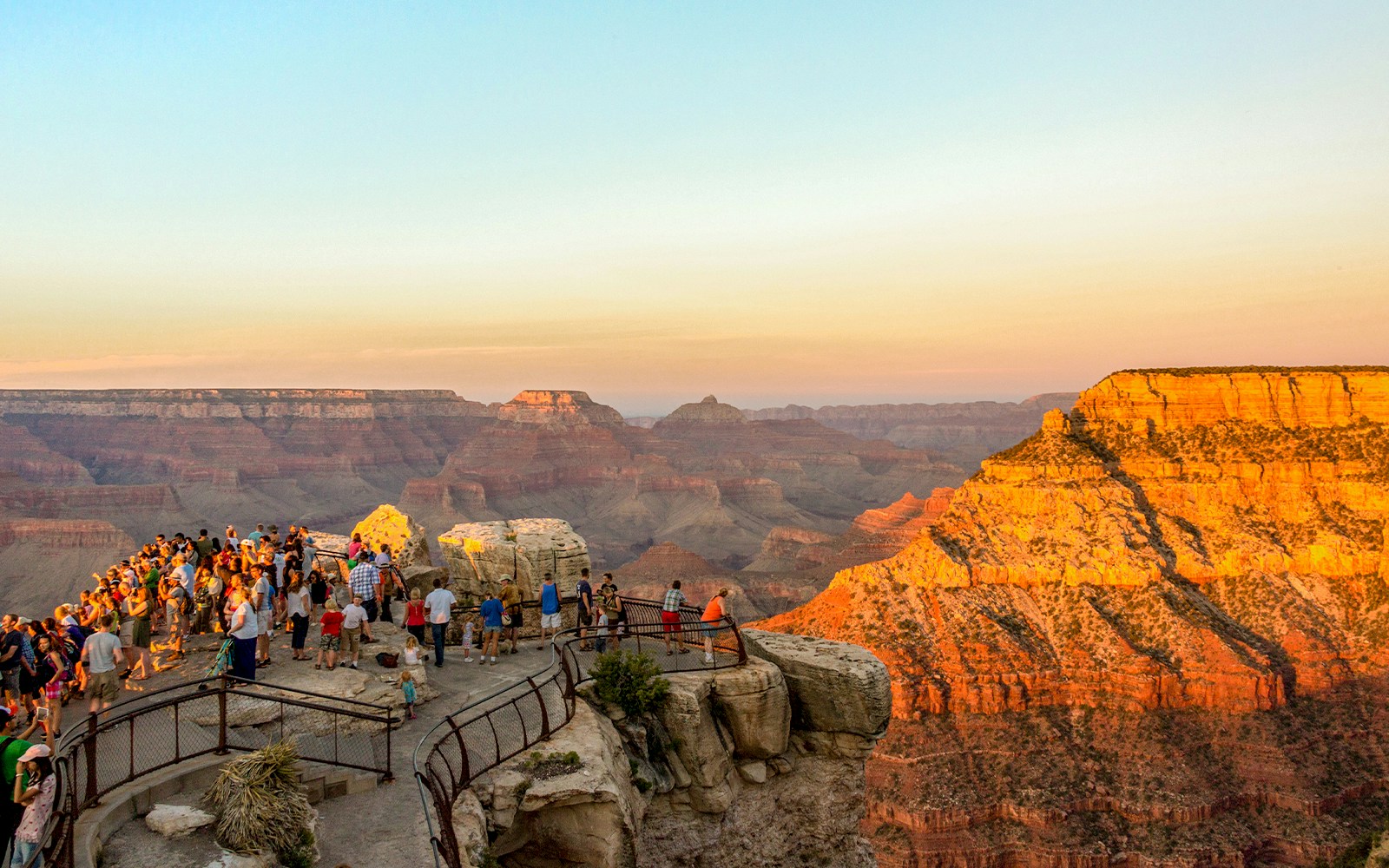
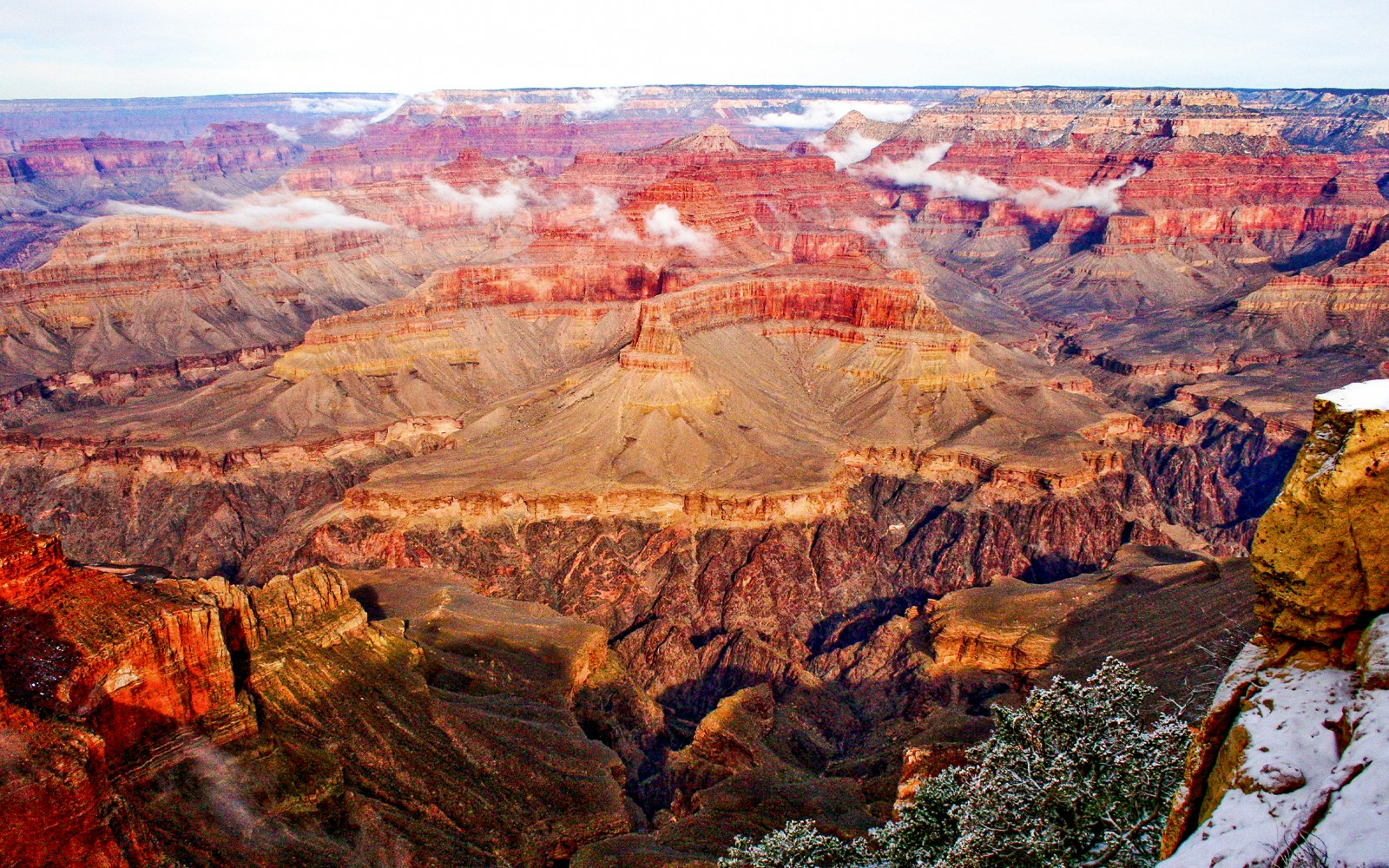

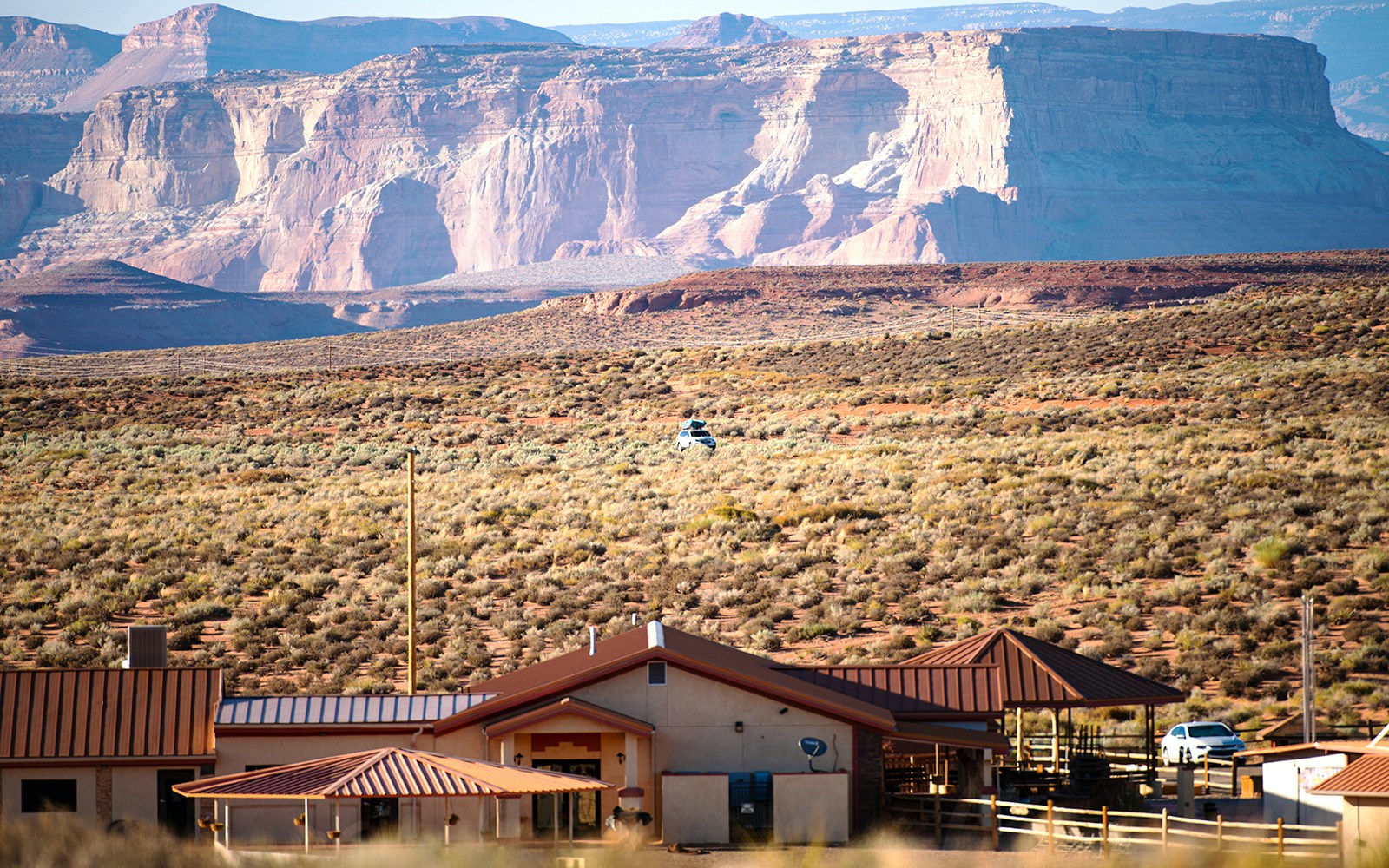


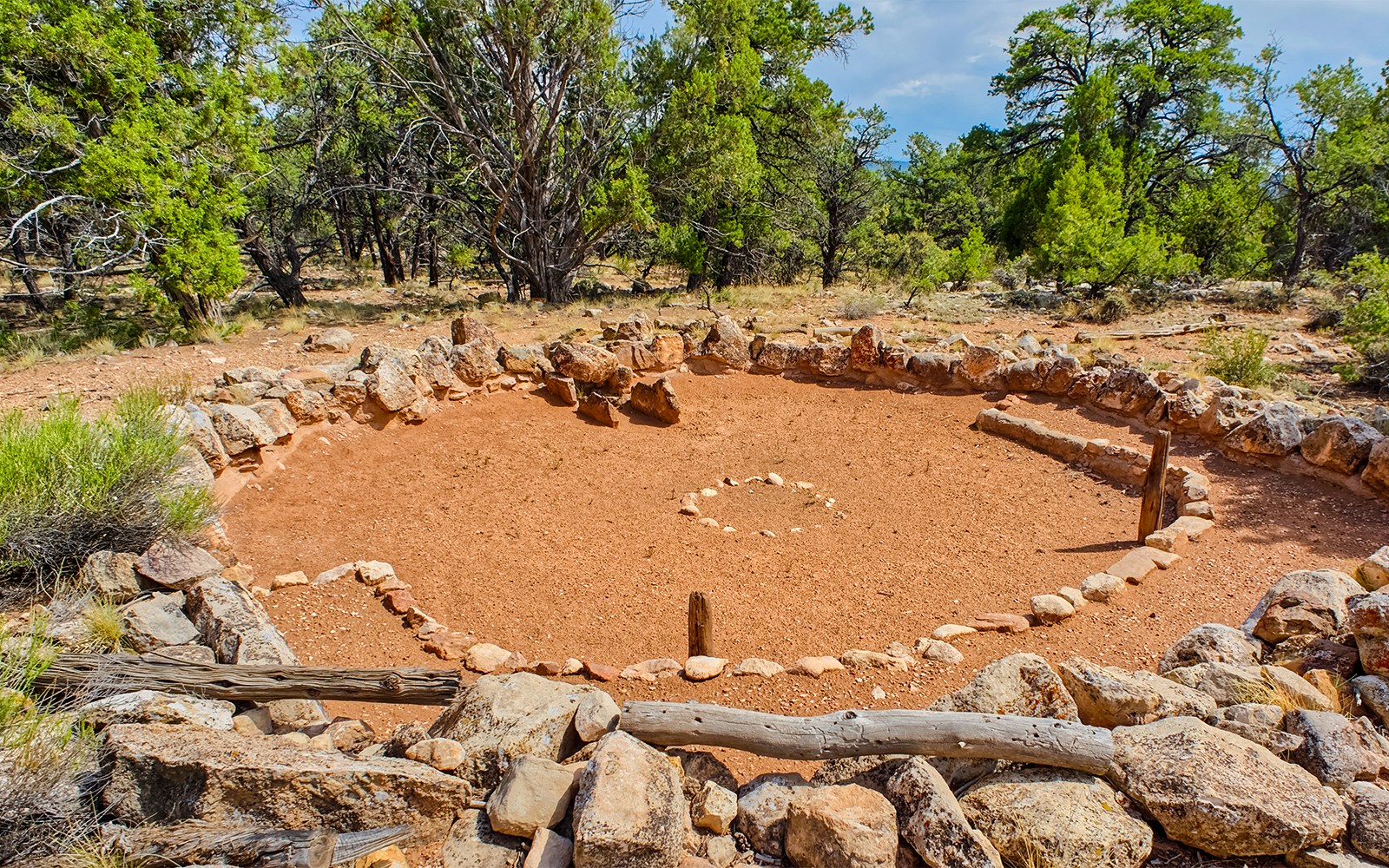
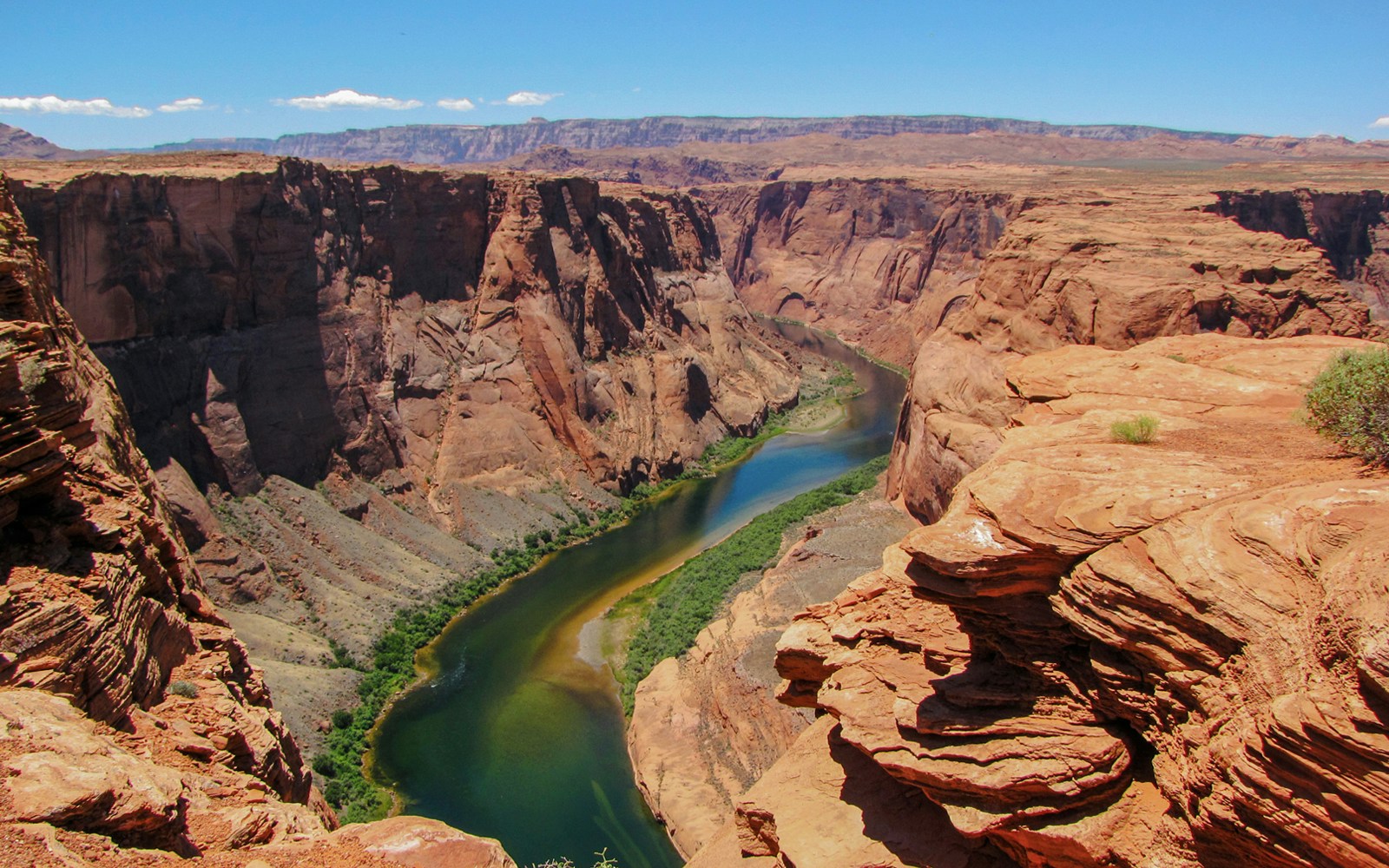
See all photos

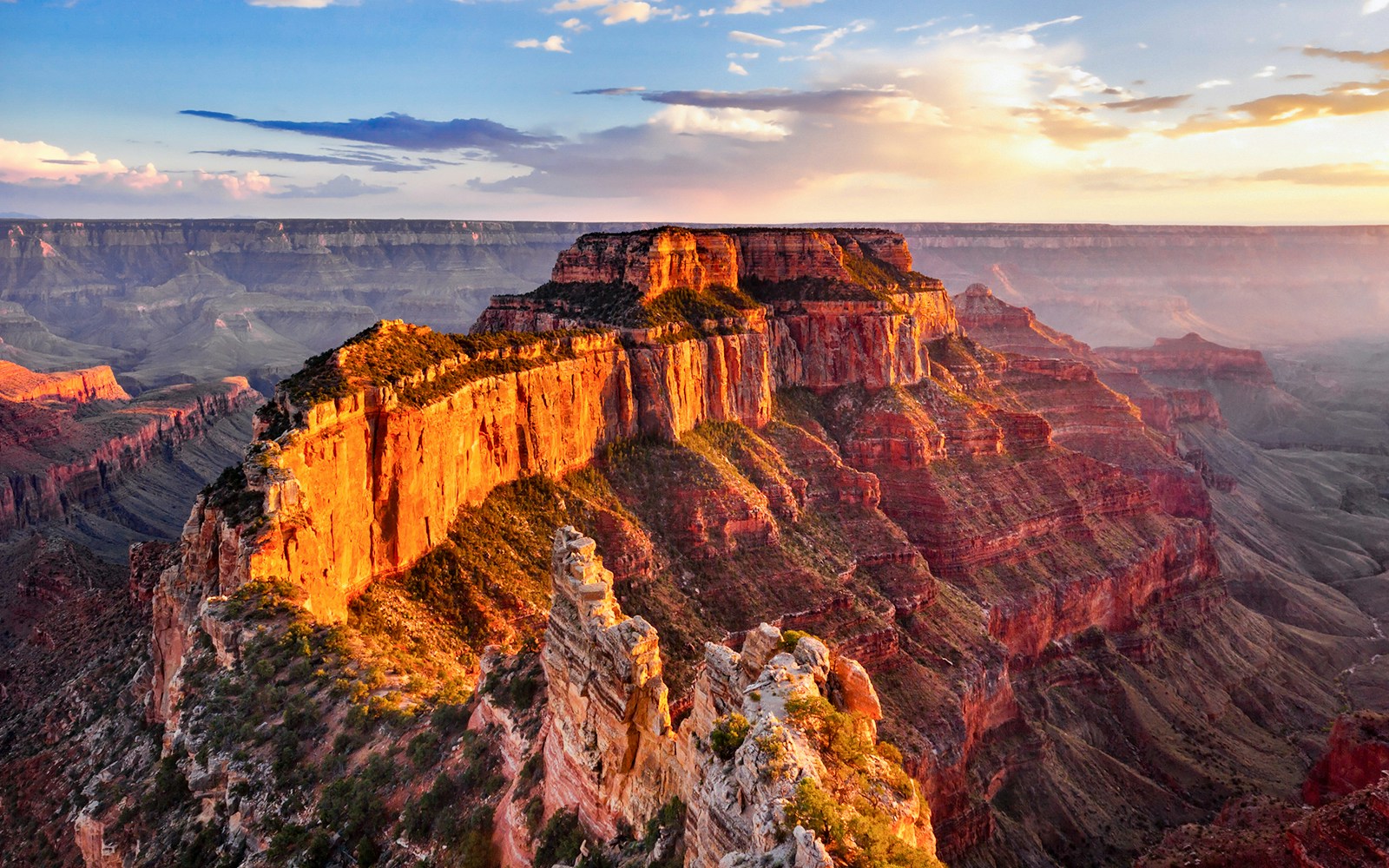
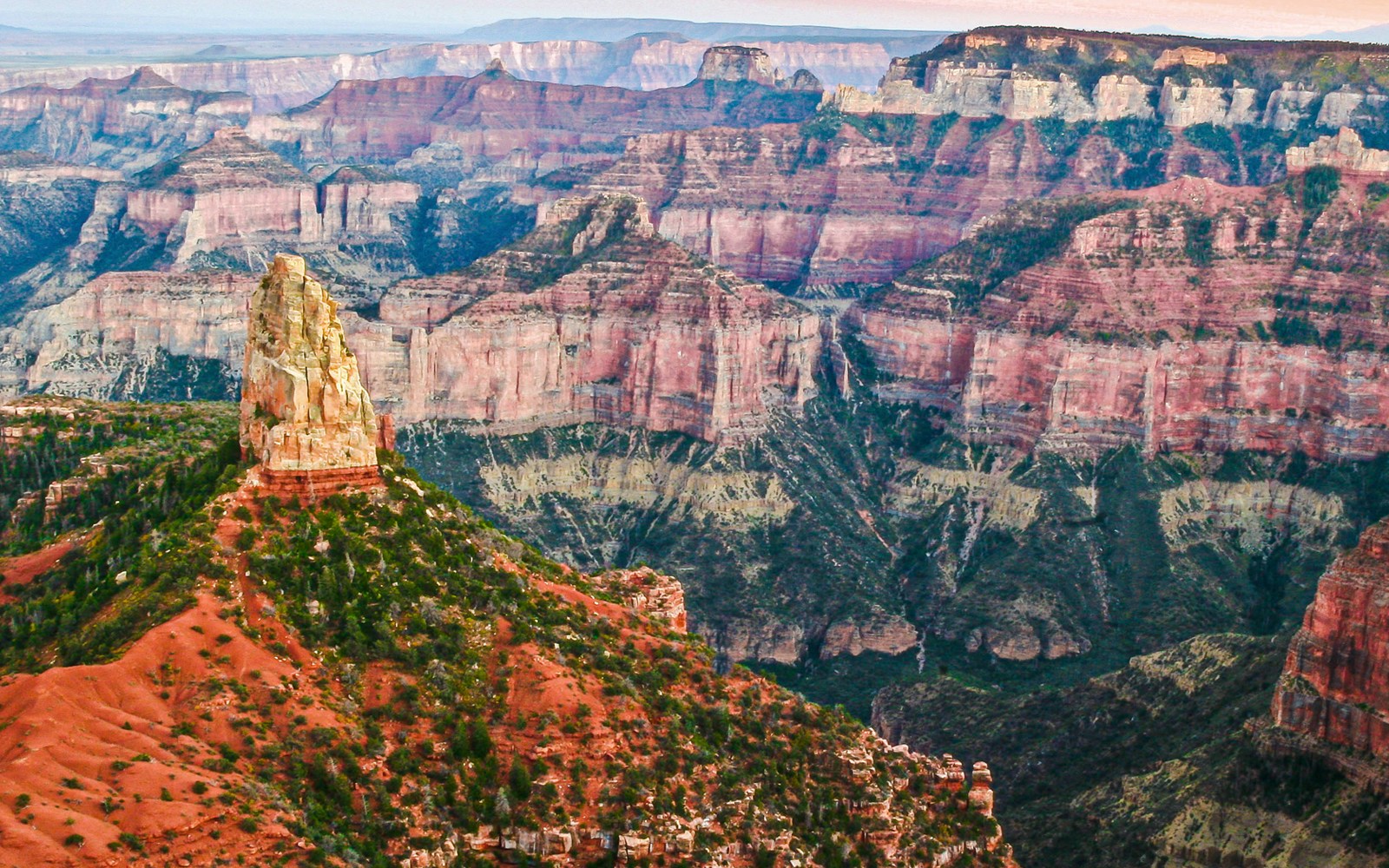


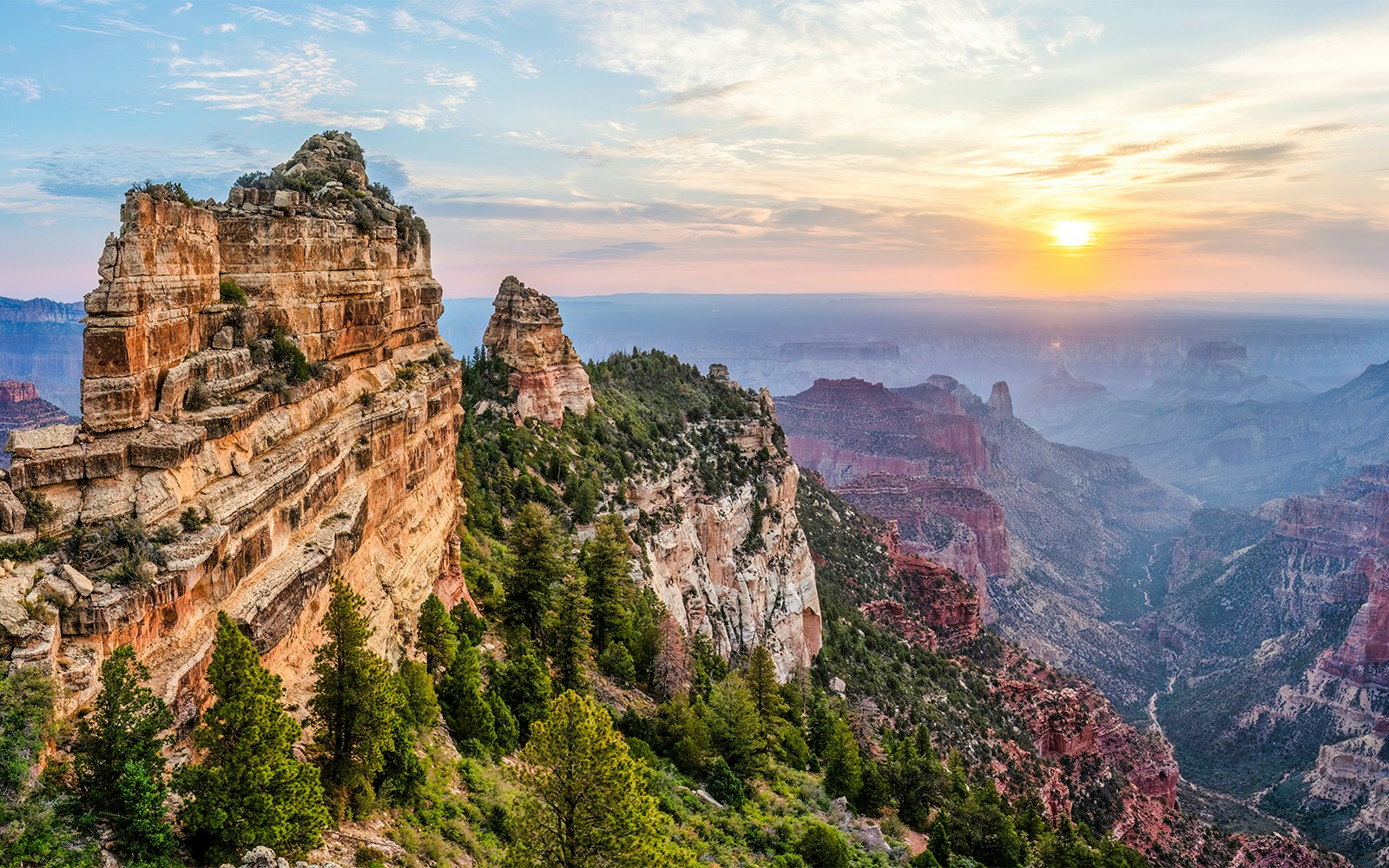
See all photos
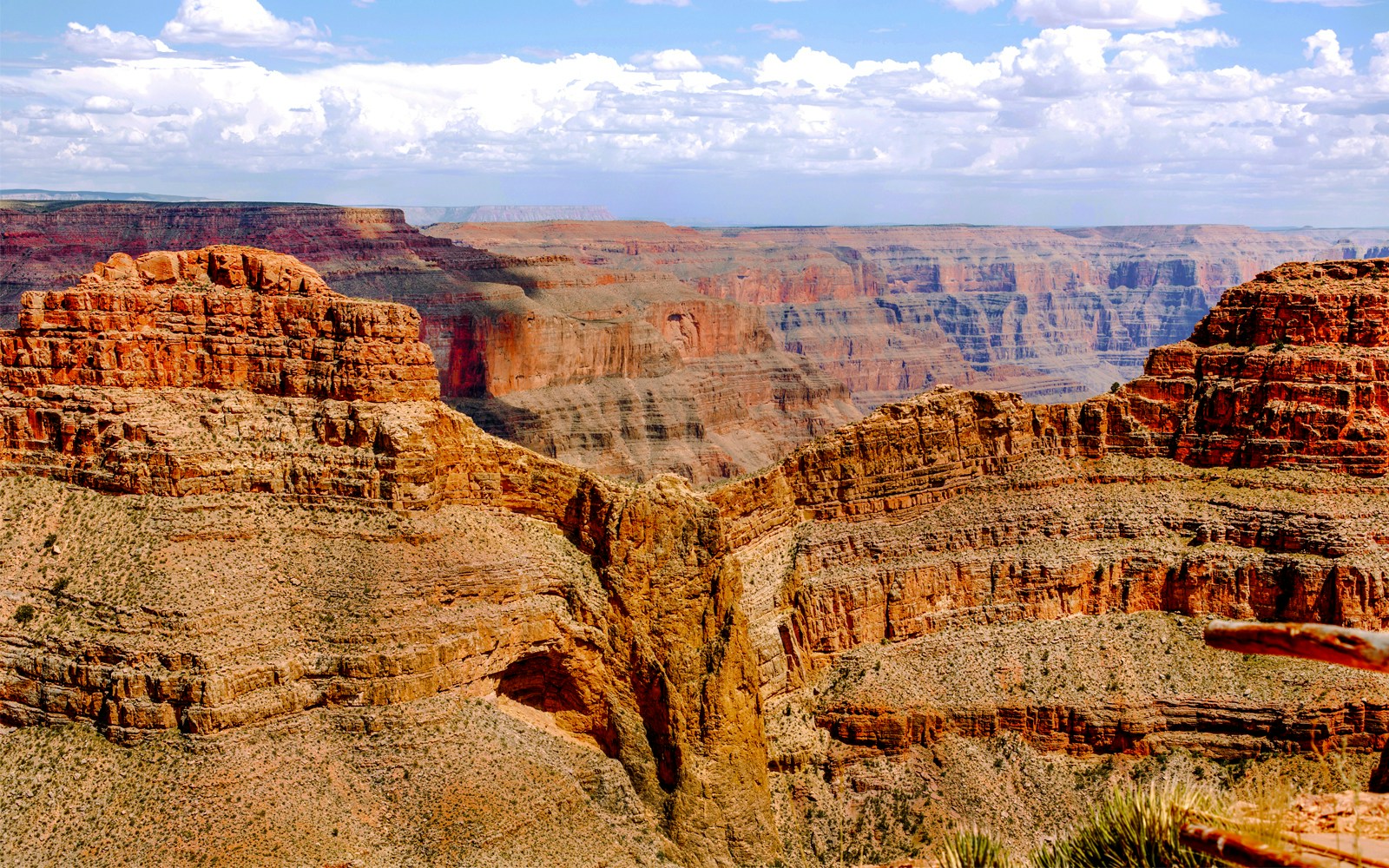
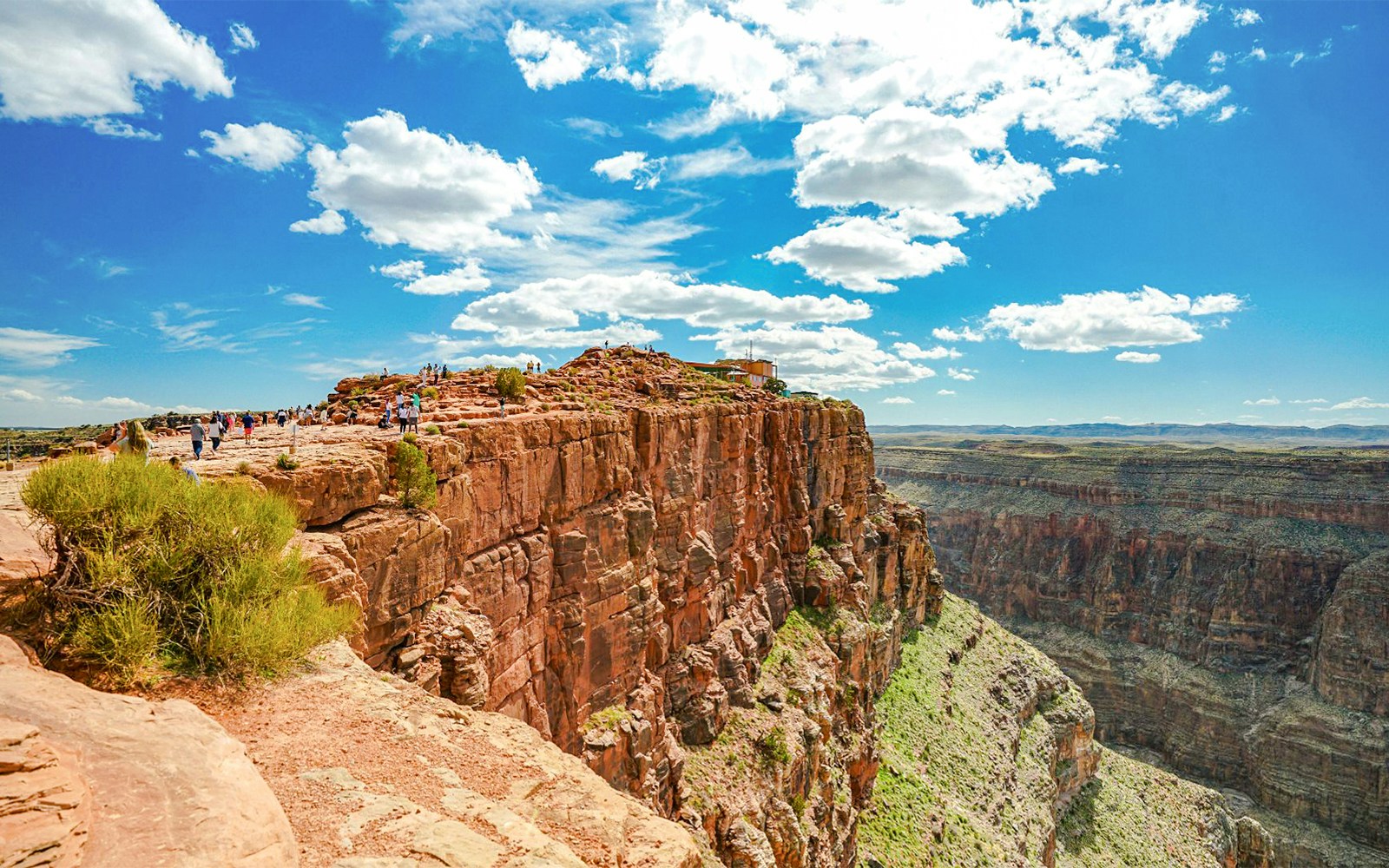

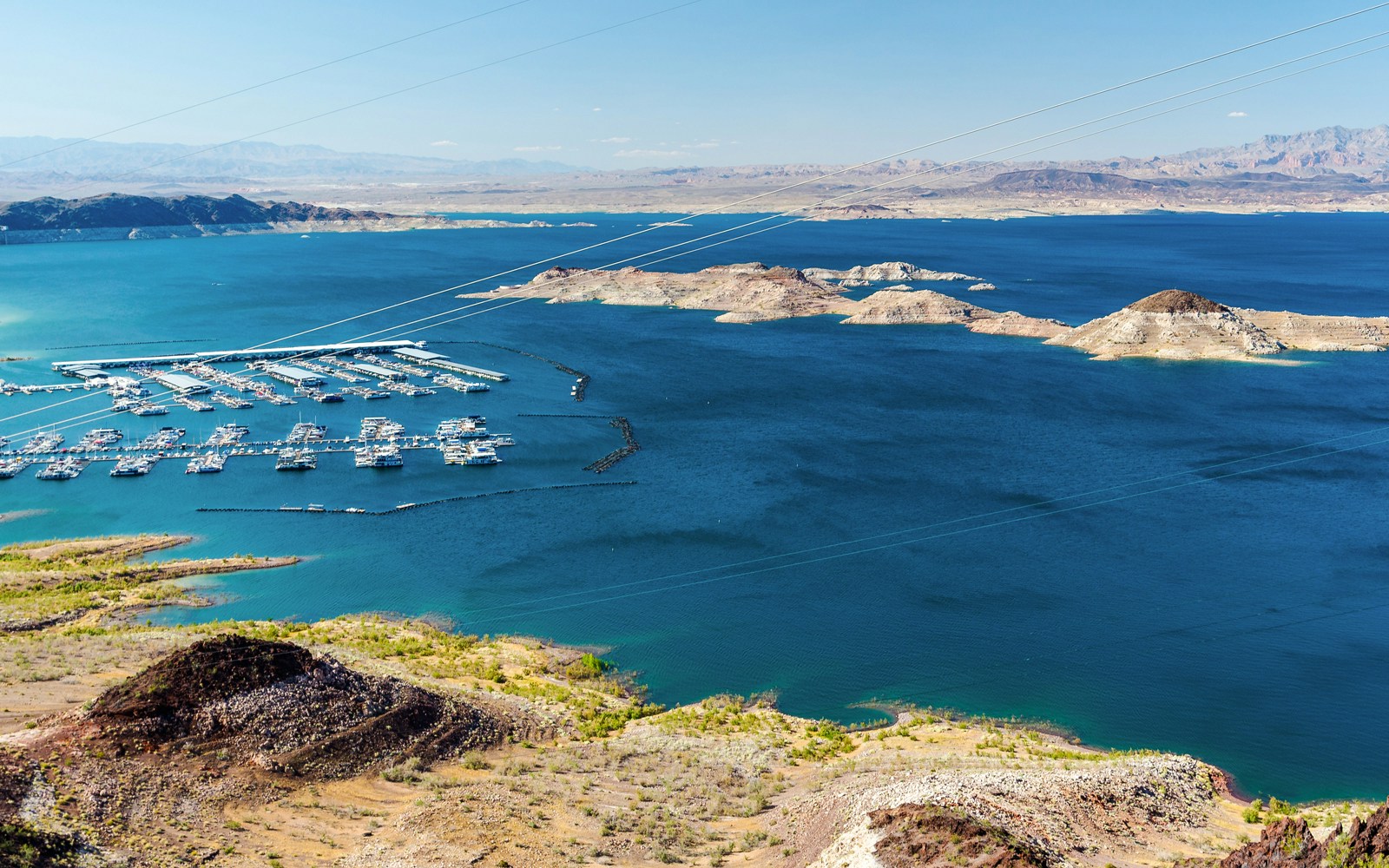

See all photos


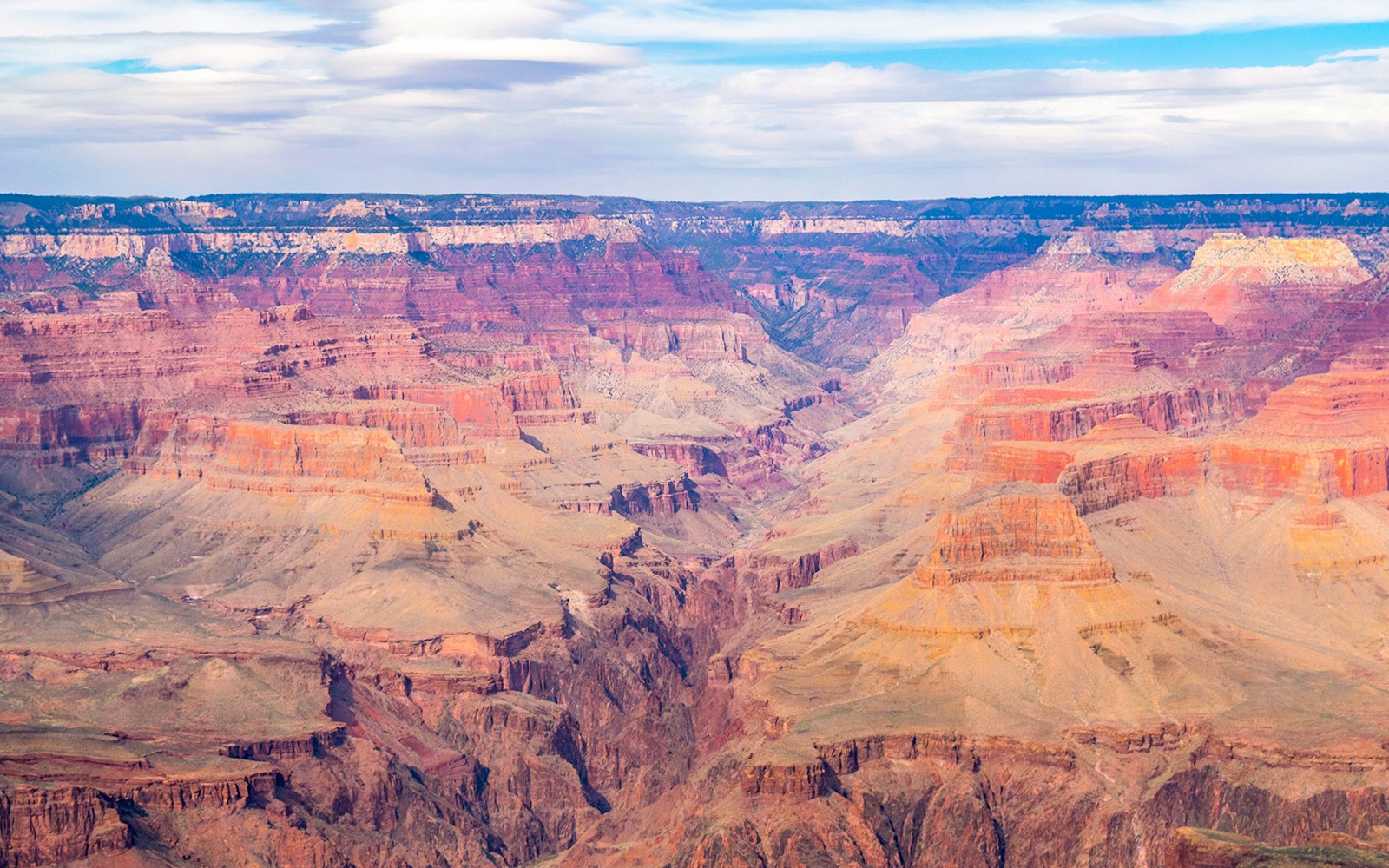
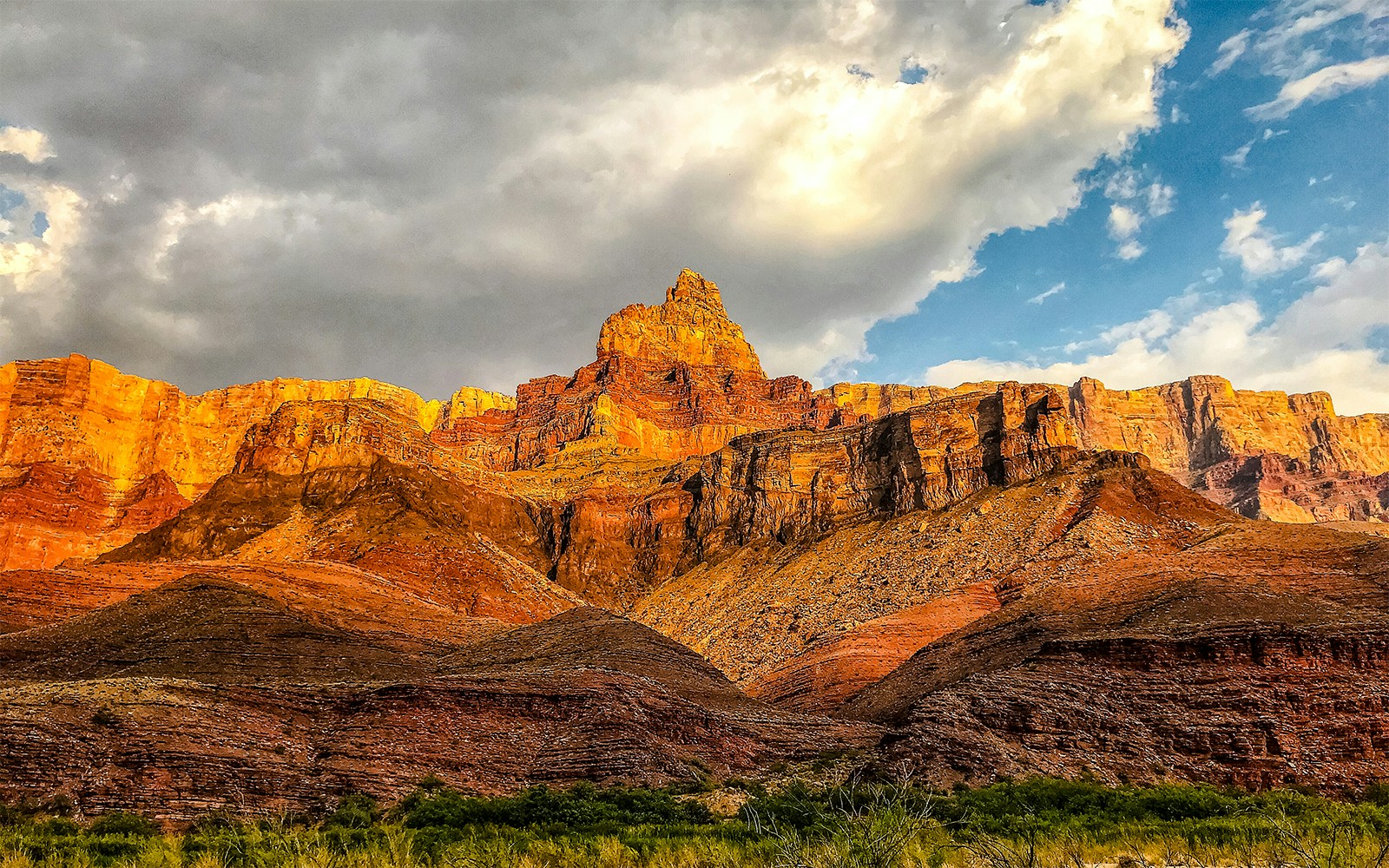

See all photos
Aerial photos of the Grand Canyon
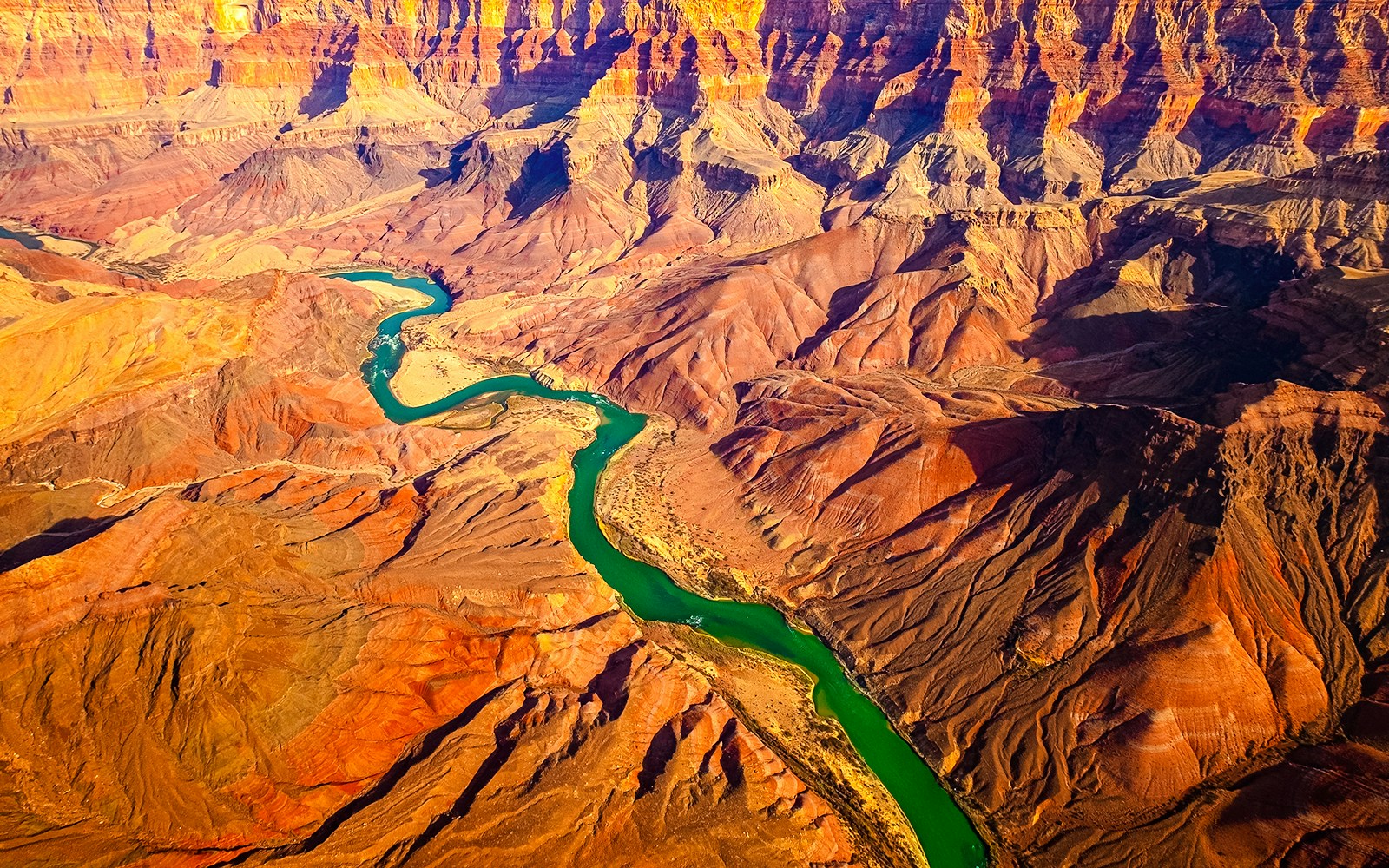




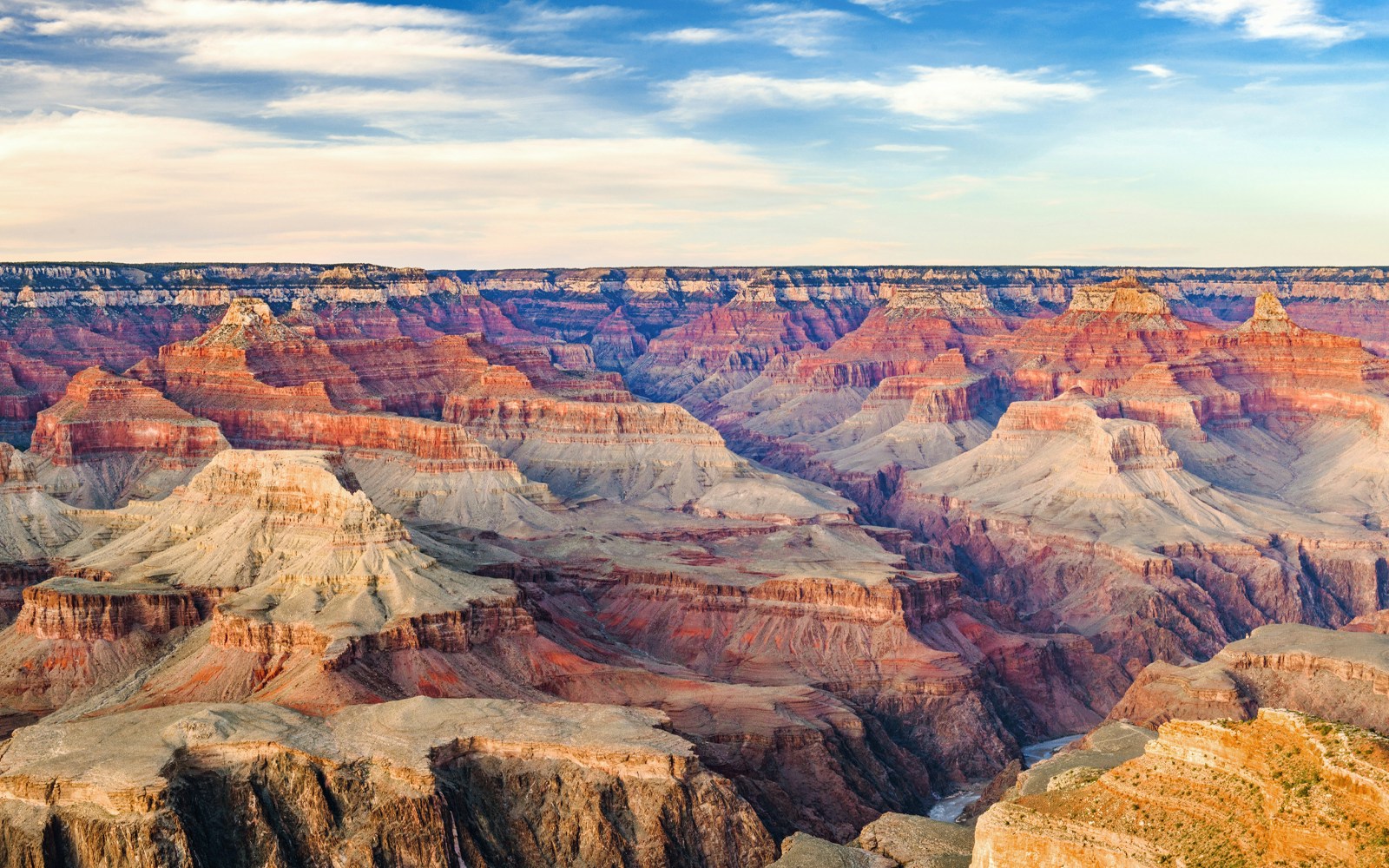

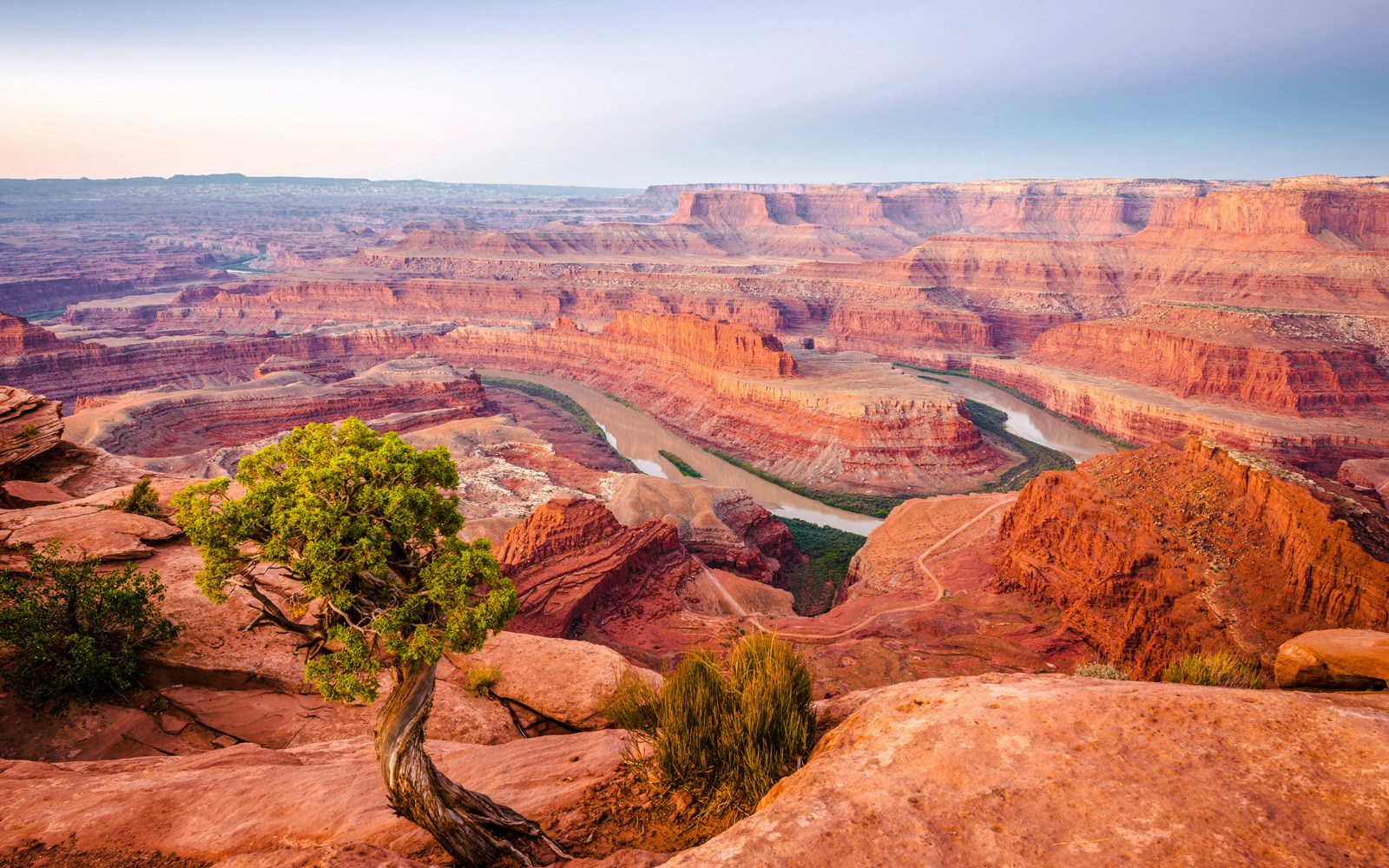
See all photos
Top spots to take photos of the Grand Canyon

📍 South Rim – Classic vistas & iconic viewpoints
The South Rim is the most accessible and popular part of the canyon, known for sweeping views and well-developed lookout points.
- Mather Point: One of the most photographed spots—ideal for sunrise, with expansive canyon views and easily accessible from the Visitor Center. (Find on Maps)
- Yavapai Point: Offers panoramic vistas with layered rock formations; great at both sunrise and sunset due to its wide field of view. (Find on Maps)
- Desert View Watchtower: Photograph the historic stone tower with the canyon in the background, plus unique eastern views of the Colorado River. (Find on Maps)
- Ooh Aah Point: Located along the South Kaibab Trail, this moderately short hike rewards you with a stunning overlook of the inner canyon. (Find on Maps)
- Hopi Point: Famous for sunset photography, offering one of the widest and deepest views into the canyon. (Find on Maps)
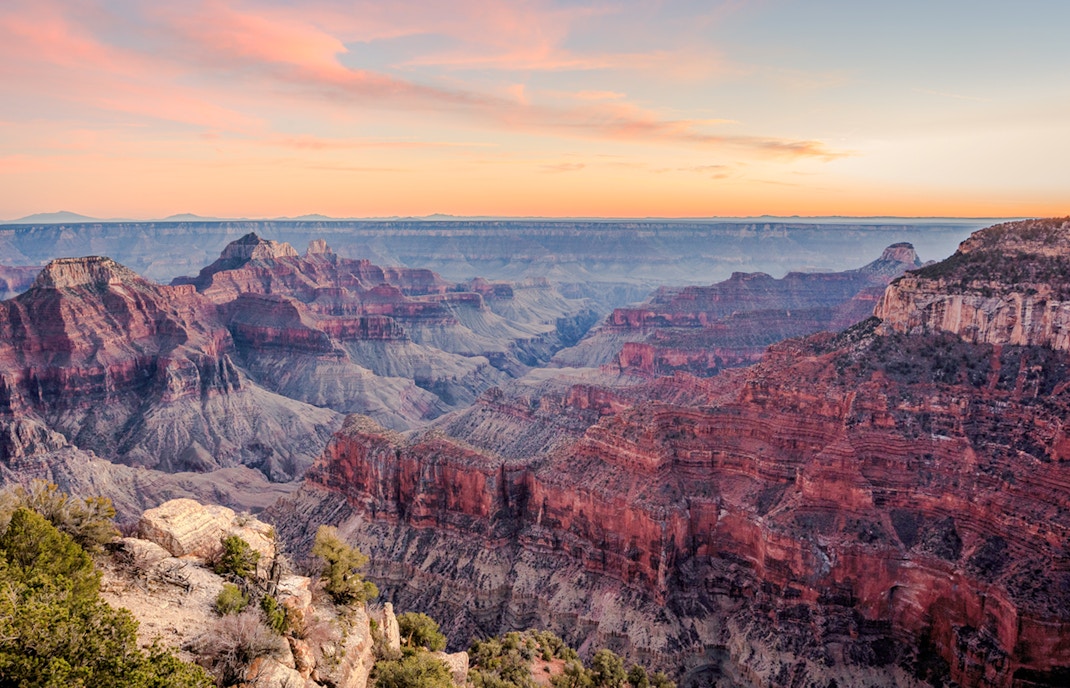
📍 North Rim – Lush scenery & elevated perspectives
Open seasonally, the North Rim sits at a higher elevation and offers a quieter, more rugged photography experience.
- Bright Angel Point: A short, scenic walk leads to a dramatic overlook perfect for wide-angle shots of canyon ridges and valleys. (Find on Maps)
- Cape Royal: Ideal for sunset photography with a sweeping view that includes the Colorado River and Wotans Throne. (Find on Maps)
- Point Imperial: The highest viewpoint at the Grand Canyon, offering a unique perspective of the Painted Desert and eastern canyon formations. (Find on Maps)
- Roosevelt Point: A hidden gem with interpretive signage, offering tranquil views and easy photo opportunities without much foot traffic. (Find on Maps)

📍 West Rim – Dramatic cliffs & thrilling perspectives
Privately managed by the Hualapai Tribe, this rim offers jaw-dropping viewpoints and easy access from Las Vegas.
- Eagle Point: Home to the Grand Canyon Skywalk and a cliff that resembles an eagle with outstretched wings—fantastic for dramatic canyon shots. (Find on Maps)
- Guano Point: Panoramic, 360-degree views from a rocky peninsula make this a must-shoot location for photographers who want a sense of depth and isolation. (Find on Maps)
- Skywalk (note: no cameras allowed on the glass bridge): While you can’t take photos on the bridge itself, nearby areas offer great vantage points of this engineering marvel and the canyon drop below. (Find on Maps)
- Highpoint Hike: A short, optional trail from Guano Point that leads to an even higher overlook—ideal for sunset. (Find on Maps)

📍 East Rim / Grand Canyon East
Technically outside the main park boundaries, these spots lie east of the South Rim and offer some of the most photographed locations in the region.
- Horseshoe Bend: One of the most iconic views in the American Southwest, this sweeping curve in the Colorado River is best photographed in the late afternoon. (Find on Maps)
- Little Colorado River Gorge: Less visited but visually stunning, this gorge offers turquoise river views and dramatic drop-offs. (Find on Maps)
- Navajo Point: The highest overlook on the South Rim, located just before Desert View—perfect for wide panoramic shots. (Find on Maps)
- Marble Canyon (near Lee’s Ferry): Great for capturing the beginning of the Grand Canyon’s formation, with colorful rock layers and river bends. (Find on Maps)
Book Grand Canyon tours
Frequently asked questions about Grand Canyon photography
Do I need a permit for professional photography?
Yes, if you're using models, props, or planning a commercial shoot.
Can I fly a drone in the Grand Canyon?
No, drones are not permitted anywhere within Grand Canyon National Park.
When is the best time of year for photography?
Spring (March–May) and Fall (September–November) offer the best light and weather.




